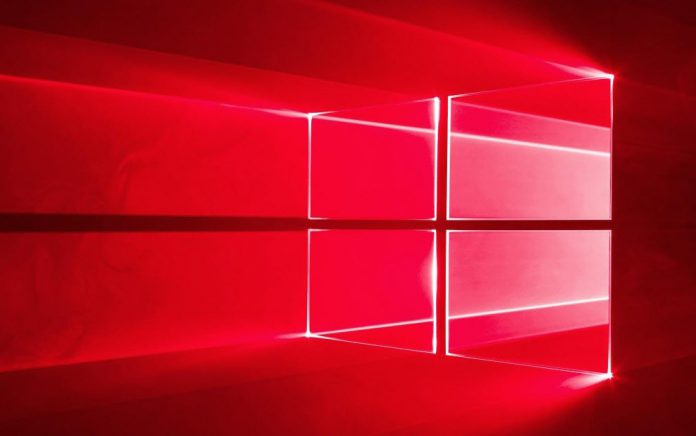In its place, Microsoft will use a date and release timeframe to reflect its Windows 10 update cycle. These days, Windows is operated like a service. In older versions like Windows 7, users would have to wait until a major upgrade for new features. For example, the jump from Windows 7 to Windows 8. However, Microsoft now employs a consistent feature upgrade cycle. Two times per year, the company launches updates for Windows 10 that are loaded with new tools. To secure the platform and make relevant fixes, Microsoft issues monthly Patch Tuesday roll outs. Under this model, Microsoft rolls out one feature update in spring and one in fall. Since the build that became the Anniversary Update, the company has been using the Redstone name. Redstone 2 became the Creators Update, Redstone 3 the Fall Creators Update, and Redstone 4 will launch next month as the Spring Creators Update. We already know the fall 2018 release will be Redstone 5 as it is currently in testing through the Skip Ahead branch of the Windows Insider Program. With all these Redstone’s floating around, it is getting easier to be confused. Sure, Insiders will mostly know the various Redstone builds, but some causal users may not. Yes, we could argue the average Windows 10 user does not need to know. Still, it is good if Microsoft is simplifying the codenames. Windows Central reports the company will start codenaming based on the year and the half year cycle. Starting in 2019 we will get Windows 10 19H1, 19H2, then 20H1, 20H2 and so on.
Naming
Explaining the numbers is easier, so let’s use 19H1 as an example. 19 clearly states the year of release, which will be 2019. H means half, so H1 (half 1) means the Windows 10 release for the first half of 2019. It is worth mentioning that these will not be the full name for the finalized build. So when 19H1 does come to all users, it will be called something different, Windows 10 Creators Spring Creators Update Two or something to that effect judging the way the company is embracing its Creators Update branding.




